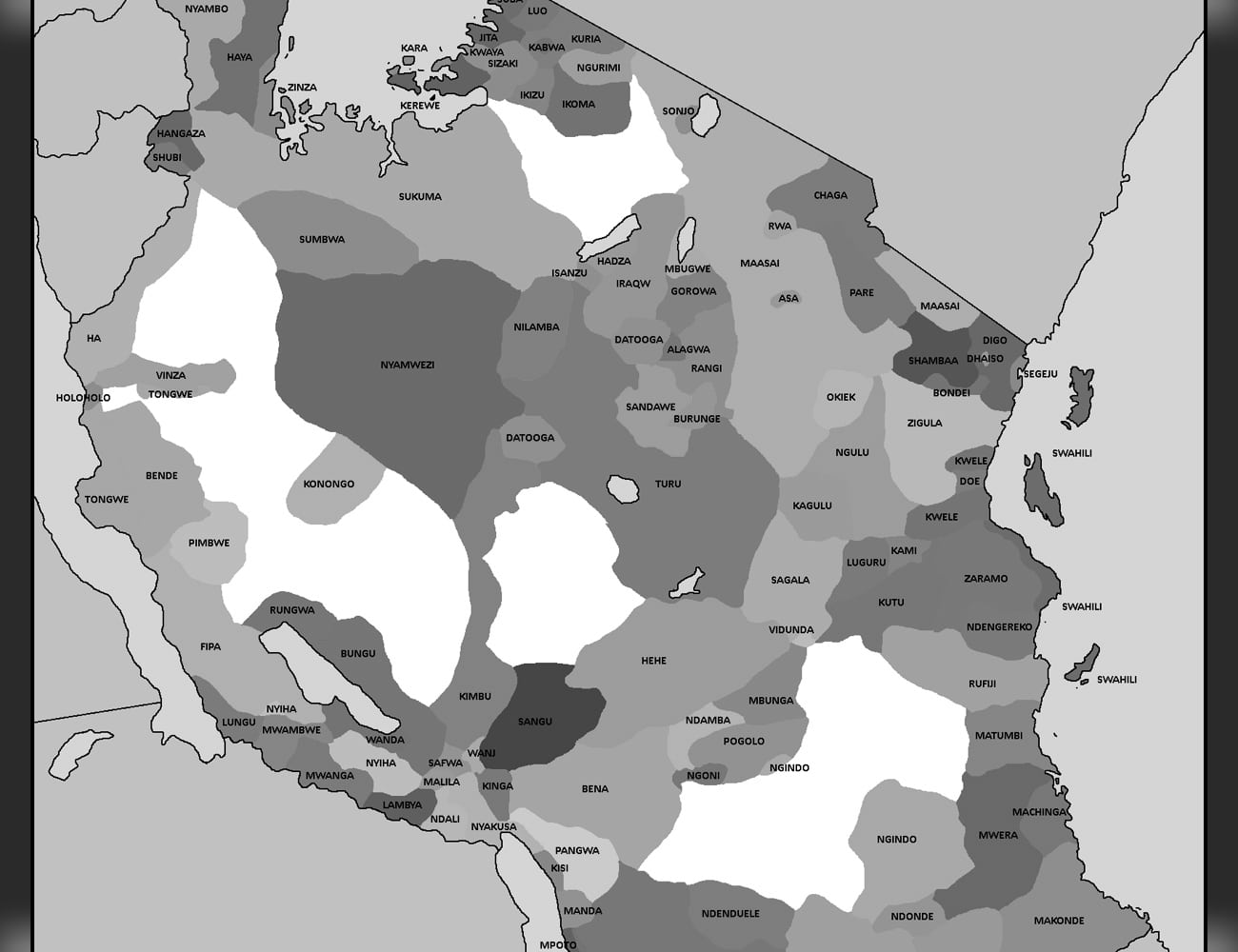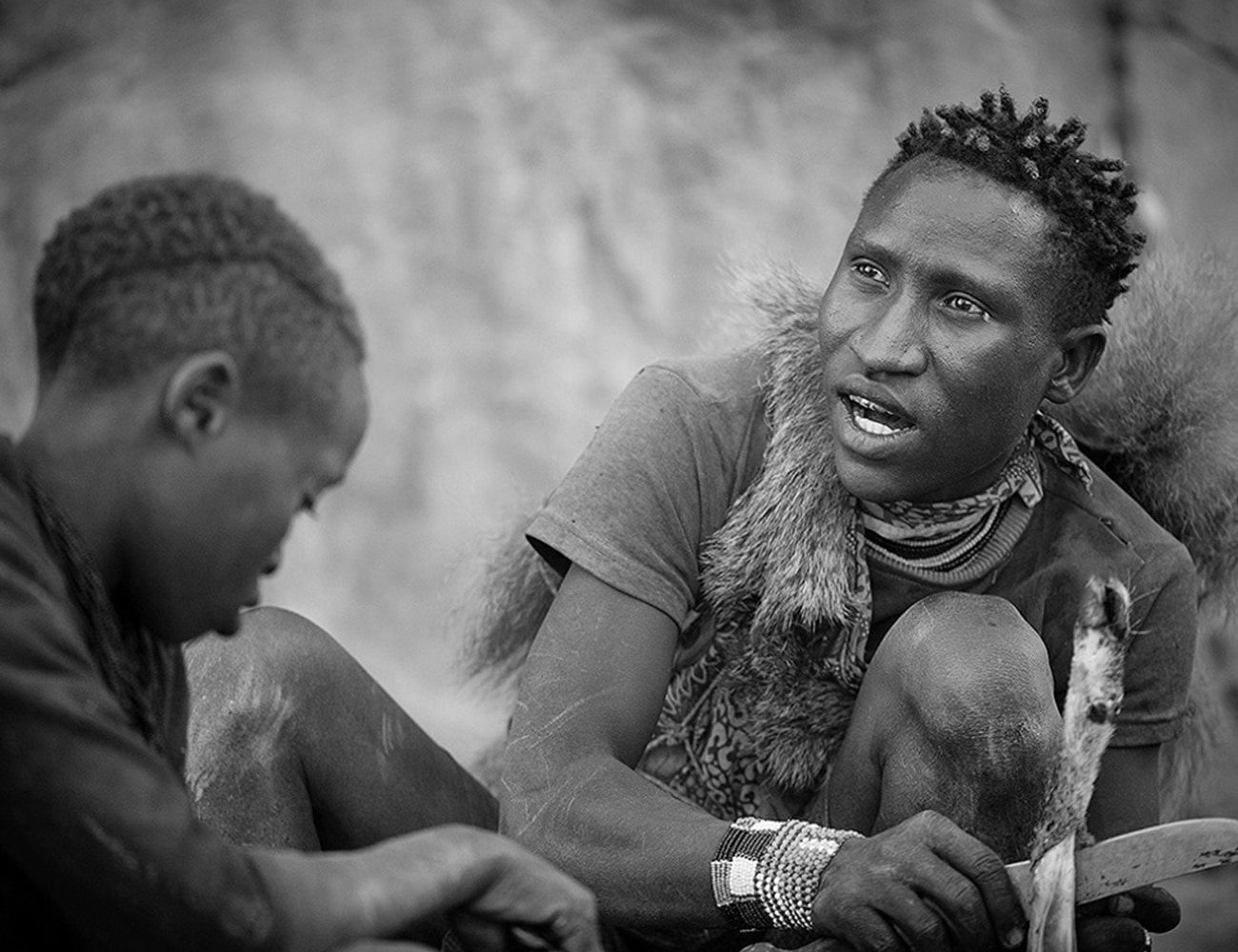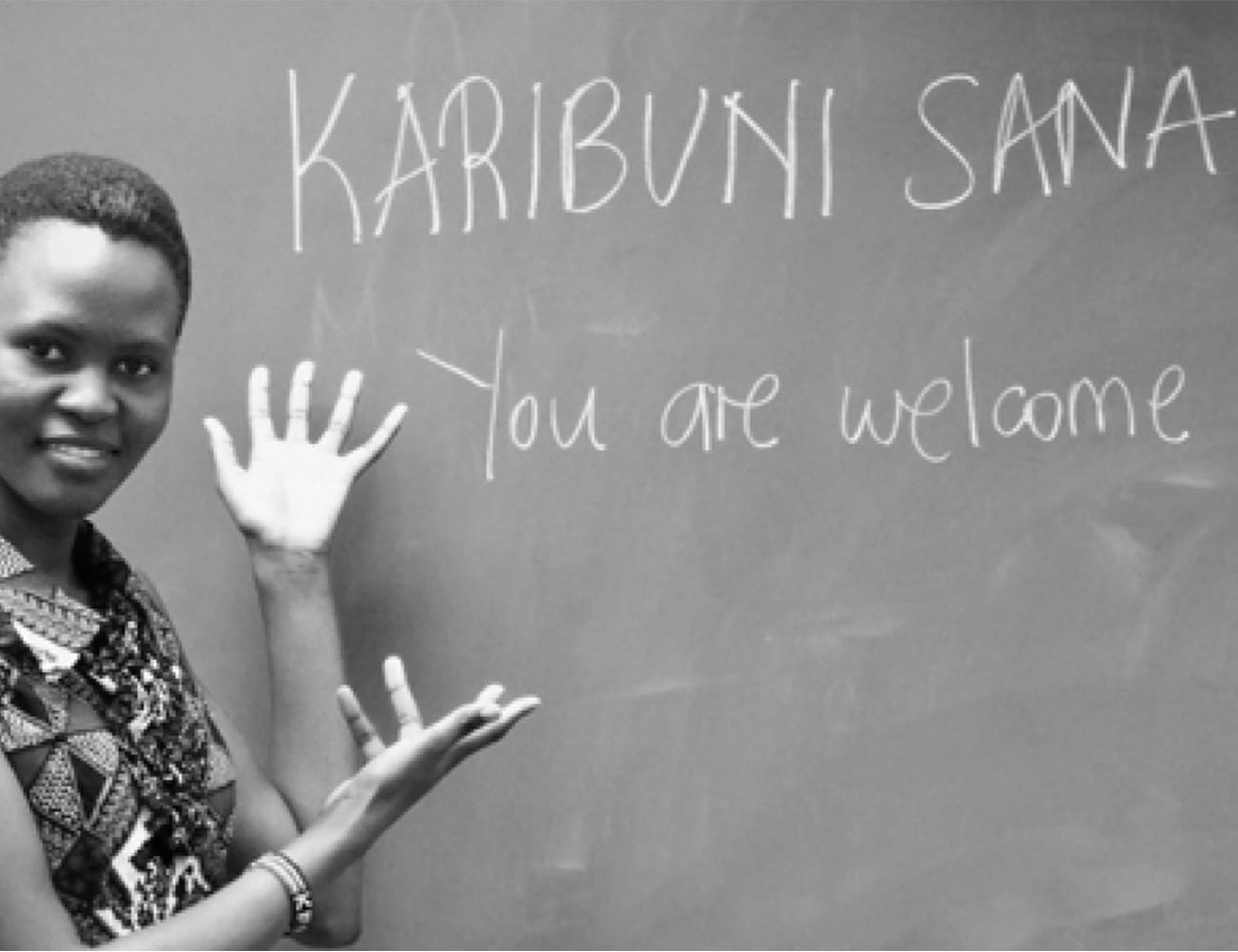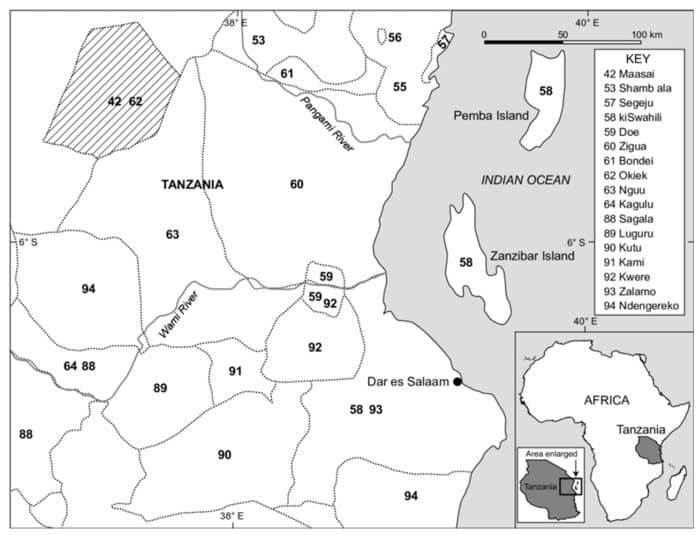Language in Tanzania: Unveiling the Multilingual Tapestry of East Africa
Have you ever had to ask the question: What language do they speak in Tanzania Africa? If so, this article is for you! Embark on a linguistic journey as we explore the multilingual tapestry of East Africa in Tanzania. With its diverse ethnic groups and rich cultural heritage, Tanzania stands as a melting pot of languages, offering a captivating glimpse into the linguistic diversity of the region.
At the heart of this linguistic tapestry lies Swahili, the national language of Tanzania and one of the most widely spoken languages in Africa. Swahili, with its rhythmic and melodic tones, serves as a unifying force among the Tanzanian people, bridging the gaps between ethnicities and facilitating communication across the nation.
However, Tanzania’s linguistic tapestry extends far beyond Swahili. Over 120 languages are spoken within the country, demonstrating the incredible diversity that exists. From the click consonants of the Hadza language to the melodious rhythms of Maasai, each language carries its own unique story and cultural significance.
Join us as we delve deeper into the fascinating world of languages in Tanzania, uncovering the role they play in shaping the identity and culture of East Africa. From indigenous languages to colonial influences, we’ll unveil the multilingual richness that makes Tanzania an enchanting destination for linguists and language enthusiasts alike.
The diversity of languages in Tanzania

What language do they speak in Tanzania Africa? The short answer to this question is they speak over 120 languages in the country but have one national language spoken by the majority. Tanzania is home to a remarkable array of languages, showcasing the country’s cultural and ethnic diversity. With over 120 languages spoken within its borders, Tanzania offers a linguistic tapestry that is both captivating and enriching. These languages range from Bantu languages like Swahili and Sukuma to Cushitic languages like Iraqw and Burunge. The diversity of languages in Tanzania reflects the diverse ethnic groups that call the country home, each with their own distinct language and cultural practices.
In addition to the indigenous languages, Tanzania has also been influenced by colonial powers, adding another layer to its linguistic landscape. English, a legacy of British colonial rule, is widely spoken in urban areas and serves as the primary language of education and administration. Arabic, brought by Arab traders centuries ago, is still spoken in some coastal regions, particularly in Zanzibar. This blend of indigenous and colonial languages creates a unique linguistic tapestry that is reflective of Tanzania’s complex history and cultural heritage.
The linguistic diversity in Tanzania is not only a testament to the country’s rich cultural heritage, but also highlights the importance of language as a vehicle for self-expression and cultural preservation. Language serves as a reflection of a community’s identity, and in Tanzania, it is through language that the various ethnic groups maintain and celebrate their distinct cultural practices and traditions.
Kiswahili: The national language of Tanzania
Swahili, also known as Kiswahili, is the national language of Tanzania. It is spoken by the majority of Tanzanians and serves as a lingua franca, facilitating communication between different ethnic groups. Swahili originated from the coastal regions of East Africa, where it developed as a language of trade and interaction between Arab traders and local Bantu-speaking communities.
Today, Swahili is not only spoken within Tanzania but also serves as a lingua franca in many East African countries, including Kenya, Uganda, Rwanda, and the Democratic Republic of Congo. Its widespread use can be attributed to its simplicity and ease of learning, making it accessible to people from various linguistic backgrounds. This has contributed to the popularity and significance of Swahili as a language of unity and cultural exchange in East Africa.
Swahili is known for its rhythmic and melodic tones, which give the language a unique musical quality. The language is characterized by its use of prefixes and suffixes to indicate tense, person, and noun class. It also features a rich vocabulary influenced by Arabic, Persian, Portuguese, English, and other languages that have left their mark on the Swahili coast throughout history.
As the national language of Tanzania, Swahili plays a crucial role in fostering national identity and unity. It is taught in schools and used in government institutions, media, and official documents. Swahili is also celebrated through literature, music, and poetry, further solidifying its position as a cultural symbol of Tanzania.
Now that we have answered the question: What language do they speak in Tanzania Africa? and know the language spoken by the majority of people in the country, let’s discuss other indigenous languages spoken in Tanzania.
Indigenous languages in Tanzania

While Swahili may be the national language of Tanzania, it is by no means the only language spoken within the country. Tanzania is home to numerous indigenous languages, each with its own distinct characteristics and cultural significance. These languages are spoken by specific ethnic groups and are often deeply intertwined with their cultural practices and traditions.
One such language is Maasai, spoken by the Maasai people who reside in northern Tanzania. Maasai is a Nilotic language known for its melodious rhythms and unique vocalizations. It is an oral language that has been passed down through generations, rich in storytelling and oral traditions. The Maasai language serves as a reflection of their nomadic lifestyle and close connection to the land.
Another fascinating language spoken in Tanzania is Hadza, a language isolate found in the Lake Eyasi region. Hadza is known for its distinctive click consonants, similar to the languages spoken by the San people of Southern Africa. The Hadza language is closely tied to their hunter-gatherer way of life, reflecting their deep knowledge of the environment and their unique cultural practices.
These are just two examples of the diverse indigenous languages spoken in Tanzania. Each language carries with it a wealth of cultural knowledge and serves as a vessel for preserving and passing down traditional practices and beliefs. The linguistic diversity within Tanzania is a testament to the country’s commitment to preserving its cultural heritage and ensuring the voices of its diverse ethnic groups are heard and celebrated.
Language policies in Tanzania
Apart from knowing the answer to the question: What language do they speak in Tanzania Africa? it is also important to know the language policies in the country. Tanzania has recognized the importance of linguistic diversity and has implemented various language policies to ensure the preservation and promotion of indigenous languages. The country’s constitution recognizes Swahili as the national language and promotes its use in official capacities. However, it also acknowledges the rights of individuals to use their mother tongue and supports the development of indigenous languages.
The government of Tanzania has taken steps to incorporate indigenous languages into the education system. In some regions, schools offer bilingual education programs where instruction is provided in both Swahili and the local language. This helps to maintain the cultural and linguistic identity of the respective communities while ensuring access to education for all Tanzanian children.
Efforts have also been made to standardize and document indigenous languages through the establishment of language commissions and research institutes. These institutions work to create dictionaries, grammars, and teaching materials for indigenous languages, ensuring their preservation and accessibility for future generations.
While these language policies are important for preserving linguistic diversity, challenges still exist. Limited resources and infrastructure can hinder the implementation of bilingual education programs and the development of indigenous languages. Additionally, the dominance of Swahili and English in official settings can sometimes overshadow the importance of indigenous languages. Nonetheless, Tanzania’s language policies reflect a commitment to embracing linguistic diversity and ensuring the cultural vitality of its diverse communities.
Language education in Tanzania

Education plays a crucial role in language preservation and promotion. In Tanzania, the education system recognizes the importance of language in shaping cultural identity and offers opportunities for students to learn both Swahili and their mother tongue.
At the primary level, students are taught in their mother tongue, ensuring that they develop a strong foundation in their first language. This approach recognizes the significance of indigenous languages in early childhood development and encourages children to embrace their cultural heritage.
As students progress to higher levels of education, the medium of instruction shifts to Swahili, which becomes the primary language of instruction. This transition allows students to develop proficiency in Swahili, the national language, while still acknowledging the value of indigenous languages.
English is introduced as a subject in primary school and becomes the language of instruction at the secondary and tertiary levels. English proficiency is seen as essential for accessing higher education and employment opportunities, particularly in urban areas where English is commonly spoken.
Language education in Tanzania reflects a balance between the promotion of indigenous languages, the importance of Swahili as a national language, and the practical need for English proficiency. This approach ensures that Tanzanian students develop multilingual skills that are valuable in a globalized world while preserving and celebrating their cultural heritage.
Multilingualism in Tanzanian society
In Tanzanian society, multilingualism is the norm. The average Tanzanian grows up speaking their mother tongue, learns Swahili as a second language, and often acquires proficiency in English as they progress through the education system. This multilingual environment fosters cultural exchange and allows individuals to navigate various linguistic contexts with ease.
Multilingualism in Tanzania is not limited to the individual level but is also evident in everyday interactions and public spaces. In markets, streets, and public transportation, one can hear a medley of languages as people from different ethnic backgrounds come together. This linguistic diversity creates a vibrant and inclusive society where communication transcends linguistic barriers.
Moreover, multilingualism in Tanzania extends beyond spoken languages. The country boasts a rich oral tradition, where storytelling, songs, and poetry serve as important cultural and historical markers. These forms of oral expression contribute to the multilingual tapestry of Tanzania, showcasing the diversity and richness of the country’s linguistic heritage.
Language is not only a means of communication but also a reflection of one’s cultural identity. Multilingualism in Tanzanian society allows individuals to express their unique cultural backgrounds and fosters a sense of belonging and pride in one’s heritage. It is through the celebration of linguistic diversity that Tanzania embraces its multicultural identity and creates a space for all voices to be heard.
Language preservation efforts in Tanzania
Recognizing the importance of language as a carrier of cultural knowledge, Tanzania has implemented various initiatives to preserve and promote indigenous languages. Language preservation efforts focus on documentation, education, and community engagement, ensuring the vitality of indigenous languages for future generations.
Research institutes and language commissions play a crucial role in documenting indigenous languages. These institutions work with native speakers to compile dictionaries, grammatical descriptions, and other linguistic resources. By documenting these languages, Tanzania ensures their preservation and access for future research and educational purposes.
Education programs that incorporate indigenous languages into the curriculum also contribute to language preservation. Bilingual education programs allow students to learn in their mother tongue while still gaining proficiency in Swahili and English. This approach not only ensures the preservation of indigenous languages but also promotes cultural pride and self-esteem among students.
Community engagement is another important aspect of language preservation in Tanzania. Local communities actively participate in language revitalization efforts, organizing cultural festivals, language workshops, and storytelling sessions. These activities provide opportunities for intergenerational knowledge transfer and reinforce the importance of indigenous languages in community life.
Through these language preservation efforts, Tanzania aims to safeguard its linguistic diversity and promote the value of indigenous languages. By preserving indigenous languages, Tanzania ensures the continued transmission of cultural knowledge, strengthens community bonds, and celebrates the unique identities of its diverse ethnic groups.
The impact of language on Tanzanian culture and identity
Language is an integral part of Tanzanian culture and plays a significant role in shaping the country’s identity. From indigenous languages to Swahili and English, each language contributes to the cultural fabric of Tanzania, enriching its traditions, customs, and artistic expressions.
Indigenous languages are deeply embedded in Tanzanian culture, serving as gateways to the past and reflecting the beliefs, practices, and histories of specific ethnic groups. The unique vocalizations, tonal patterns, and linguistic structures of these languages are intertwined with traditional music, dance, and storytelling, creating a harmonious blend of artistic and linguistic expression.
Swahili, as the national language, acts as a unifying force in Tanzanian society. It bridges the gaps between different ethnicities and serves as a common language of communication and cultural exchange. Swahili is celebrated through literature, music, and poetry, providing a platform for Tanzanian artists to express their creativity and explore their cultural identity.
English, as a result of colonial influence, has also left its mark on Tanzanian culture. It is often associated with education, upward mobility, and access to global opportunities. English proficiency is highly valued and is seen as a gateway to higher education, professional success, and international communication.
Language, in all its forms, shapes the way Tanzanians interact with the world and express their unique cultural identities. It is through language that Tanzanians preserve their cultural heritage, pass down traditional knowledge, and celebrate their diverse ethnic backgrounds. Language is the key that unlocks the richness of Tanzanian culture and identity.
Embracing linguistic diversity in Tanzania
In this article, we have answered the question: What language do they speak in Tanzania Africa? Tanzania’s multilingual tapestry is a testament to the country’s rich cultural heritage and its commitment to preserving linguistic diversity. From Swahili, the national language, to the myriad of indigenous languages spoken within its borders, Tanzania offers a linguistic landscape that is both captivating and enriching.
The diversity of languages in Tanzania reflects the country’s diverse ethnic groups and their unique cultural practices and traditions. Each language carries with it a wealth of knowledge, history, and identity, contributing to the vibrant tapestry that makes Tanzania a fascinating destination for linguists and language enthusiasts.
Tanzania’s language policies and education system recognize the importance of preserving and promoting indigenous languages while also acknowledging the practical need for national and international communication. Through language preservation efforts, education programs, and community engagement, Tanzania ensures the vitality of its linguistic diversity for future generations.
Language plays a pivotal role in shaping Tanzanian culture and identity. It is through language that Tanzanians express their unique cultural heritage, celebrate their diverse ethnic backgrounds, and foster a sense of belonging and pride in their communities. Embracing linguistic diversity allows Tanzania to create a space where all voices are heard and cultural exchange thrives.
As we conclude our linguistic journey through Tanzania, let us celebrate the power of language to connect people, preserve cultural heritage, and shape the identity of East Africa. Tanzania’s multilingual tapestry is a testament to the beauty of linguistic diversity and serves as an inspiration for embracing and cherishing the languages that weave together the rich cultural fabric of our world.
For more articles related to Tanzania languages click here!


































